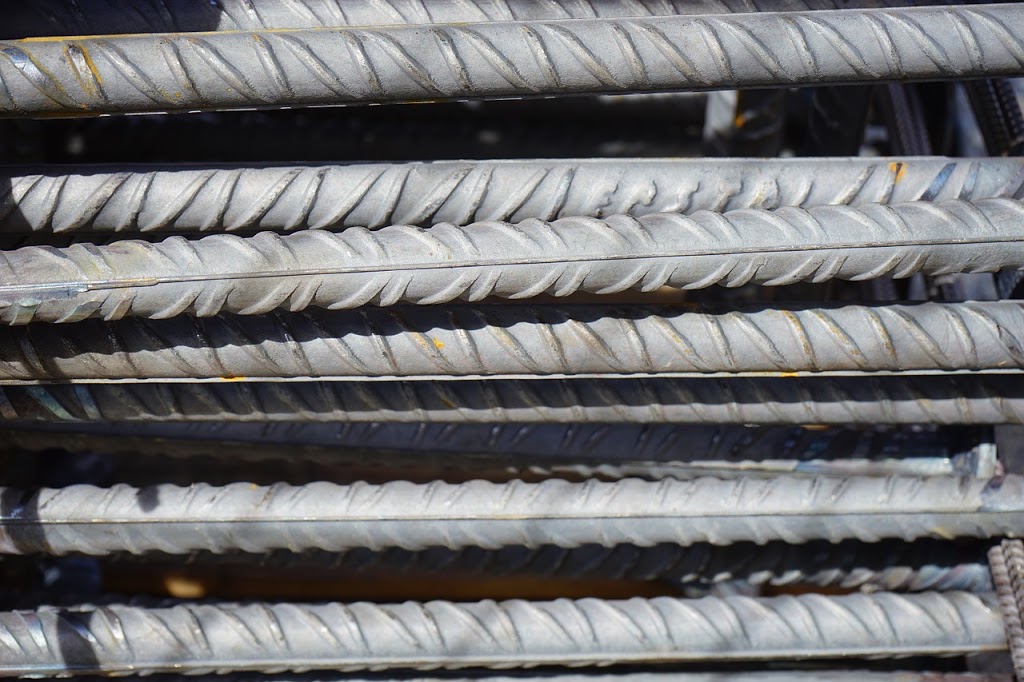Shallow foundations are generally used where soils close to the ground surface and up to the zone of critical stress have the sufficient bearing capacity to carry the superstructure load without causing distress to the superstructure. However, where the topsoil is either loose or soft, or swollen, the load from the structure must be transferred to the deeper firm layer. Pier foundations are used in construction to support the weight of larger structures. They are used when the soil is unstable and unsuitable for footing. The type of pier foundation depends on the soil type and the size of the building. In this article, we will discuss what is pier foundation, where it is used, its types, its advantages, and the difference between a pier foundation and a pile foundation.
What is Pier Foundation?
A vertical column with a large cross-section than a pile is called a pier. Pile and pier serve the same purpose of transferring the structural loads to deeper firm strata. A pier foundation is a group of piers to support the superstructure and transfer the super-imposed loads to the deeper firm strata. This type of foundation is constructed by digging a hole in the ground and then filling it with concrete or stone. It is also sometimes called a “drilled pier”, “drilled shafts”, and “drilled caissons”.
Types of Drilled Pier or Pier Foundation
Drilled Pier of Pier Foundation can be classified under four types. While all four types use a similar construction method, they have different design approaches and mechanisms for transferring loads to the surrounding earth mass. The types of the drilled pier are as follows:
- Straight-shaft end-bearing pier.
- Straight-shaft sidewall-shear pier.
- Straight-shaft pier with both sidewall shear and end bearing.
- Underreamed (or belled) pier.
1. Straight-shaft end-bearing pier
Straight-shaft end-bearing piers develop their support from end-bearing on the solid soil surface, hardpan, or rock. The side friction of the overlying soil is assumed to contribute nothing to the support of the load imposed on the pier.
2. Straight-shaft sidewall-shear pier
Straight-shaft side wall friction piers penetrate far enough into a designated bearing stratum to create design load capacity by side wall friction between the pier and bearing stratum after passing through overburdened soils that are assumed to carry no load.
3. Straight-shaft pier with both sidewall shear and end bearing
This pier is a combination of end-bearing piers and straight-shaft sidewall-shear pier. The same materials are used for construction as for the two examples above, but the design load is carried by both side wall friction and end bearing. This pier may be referred to as a “drilled pier with rock socket” or a “socketed pier” when driven into the rock.
4. Underreamed (or belled) pier
Piers having a bottom bell or under ream are referred to as under-reamed or belled piers. It is expected that the base will carry a larger portion of the load placed on the pier top.
Advantages of Pier Foundation
Following are the advantages of the pier foundation and are listed below:
- The method is easy and simple.
- Economical in nature.
- Causes minimal disturbance to the soil environment as it does not require extensive excavation.
- Requires less concrete as compared to other foundations.
- Can support the weight of large structures like bridges.
You May Also Like to Read:
Underpinning Methods, Procedure and Application



